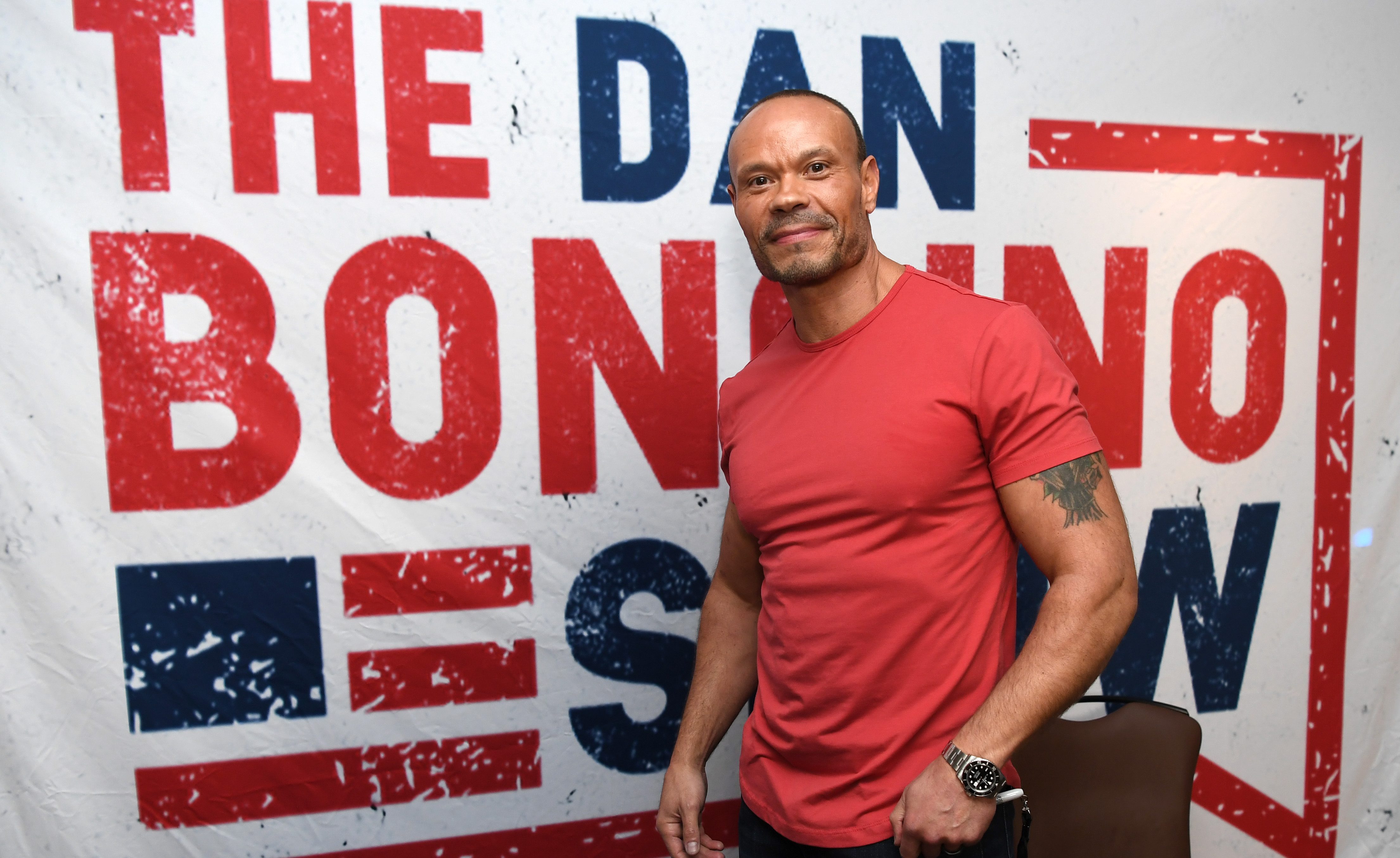What do hurricane hunters do? A look at the teams that fly into tropical beasts
Two teams of hurricane hunters fly to the most powerful storms on the planet: one team from the National Oceanic and Atmospheric Administration and their P3 Orion aircraft, and the other is the United States Air Force Special Reconnaissance's C-130 aircraft.
Their missions are crucial when it comes to forecasting these tropical beasts.
Watch NBC 5 free wherever you are
"But the analogy we like to use is like grilling a steak. You can see the grill marks as you're grilling a steak. You kind of have an idea how well done is inside, but you don't really know until you insert a temperature probe to see the temperature inside. The planes do the same thing for us with our hurricane," said Robbie Berg, a warning coordinating meteorologist with the National Hurricane Center.
There are two NOAA P3 Orion aircraft. One, nicknamed Kermit, has flown into over 100 storms dating back to 1976 and has several instruments the U.S. Air Force C-130 doesn’t, one being its own Doppler.
Get top local stories in DFW delivered to you every morning with NBC DFW's News Headlines newsletter.
“You'll see it on the back of the aircraft. It's kind of pointy. It scans vertically, capturing all the structure of the storm," said Nikki Hathaway, with NOAA. "And that's what the National Hurricane Center specifically might task us to look if they're looking for structure. So that's one thing that makes us unique.”
The Air Force has 10 aircraft to help NOAA, but their missions have a much smaller crew consisting of only five members.
"Two pilots up front, and then we have the navigator up front as well," said Captain Nate Wordal, a pilot with the U.S. Air Force. "And then in the back is our weather officer and our loadmaster.”
U.S. & World
The dropsonde — a weather device to measure storm conditions — gets loaded into the dropsonde tube. The loadmaster will then release it and data gets sent immediately to a computer where they can analyze the information.
“We get flight level winds, speed and direction, pressure, temperature, moisture, dropsonde data, which measure the wind speed, direction, and pressure and temperature all the way from the aircraft out of the ocean surface," said Michael Brennan, the director of the NHC.
The meteorologist on board has the job of quality controlling all of the information that comes in from the instruments attached to the aircraft themselves and the dropsondes before it gets sent off to the hurricane center.
Only the bravest of men and women can say they fly into these tropical systems.
Hathaway said there is a storm that stands out the most to her.
"One specifically was Hurricane Sam in 2021. We're flying it for research. So we're out there working on the Atlantic Ocean and it was going under rapid intensification," she said. "Category 4, almost a Category 5. Didn't meet Category 5 strength, but it was really trying to get its act together and strength, and as a result, we took a pretty hard hit."
Wordal's most memorable storm was Hurricane Franklin.
“I would say Hurricane Franklin last year was a big one for us. It didn't hit the United States, but we still flew it in the Atlantic," he said. "And, man, we just got rocked for probably 20, 30 minutes straight of just constant lightning and turbulence. And it was really, really chaos and very, very stressful.”
NOAA also has a G4 jet that flies 40 to 45,000 feet above the ground. This one-of-a-kind aircraft similarly samples the tropical cyclone, along with the anticyclone above the storm. It also samples the environment around the system to see if there are things like wind shear or other factors that will impact the track of any storm.



